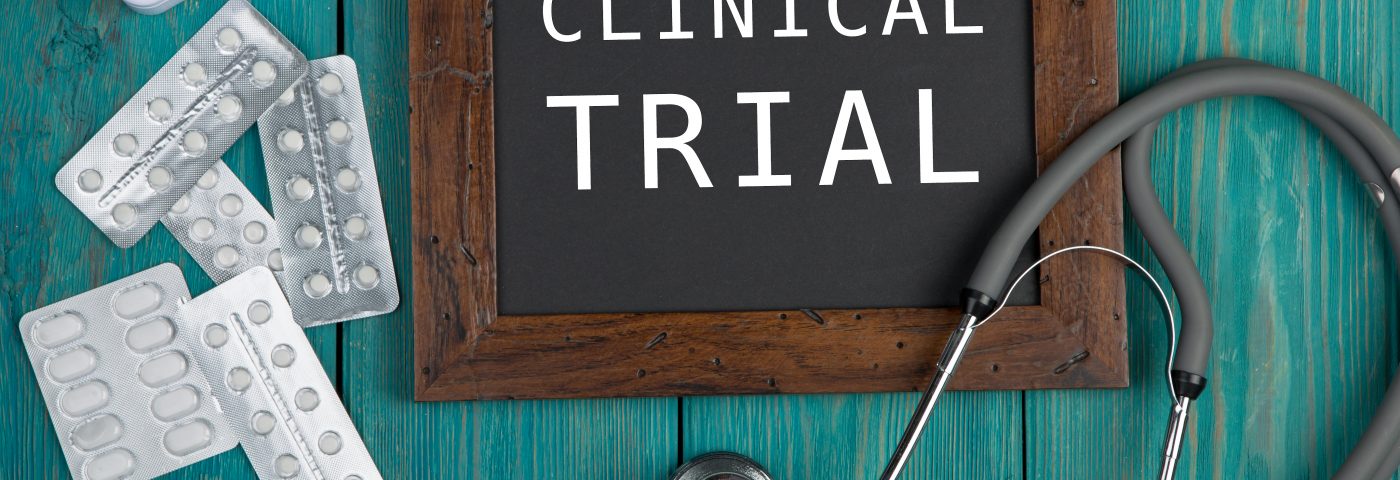Targeting oxidative stress with antioxidants holds promise to improve symptoms of adrenomyeloneuropathy (AMN), a pilot Phase 2 study suggests. The results show that treatment with a combo of antioxidants decreases inflammation and enhances patients’ walking capacity.
The study, “Biomarker identification, Safety and Efficacy of High-Dose Antioxidants for Adrenomyeloneuropathy: a Phase II Pilot study,” was published in the journal Neurotherapeutics.
AMN is the adult-onset form of adrenoleukodystrophy. Currently, no effective treatment is available.
The buildup of a type of lipids called very long-chain fatty acids (VLCFA), the underlying trigger of adrenoleukodystrophy due to mutations in the ABCD1 gene, causes oxidative stress in the early stages of the disease. Oxidative stress is the result of an imbalance between the body’s production of potentially harmful reactive oxygen species (ROS) and its ability to contain them.
In a previous pre-clinical study, antioxidants given to a mouse model of AMN lessened disease progression and damage to nerve cell axons.
Antioxidants are substances that defend the organism against damage caused by ROS. While naturally produced as a byproduct of cell metabolism, an imbalance of ROS production and lack of an adequate antioxidant response cause cell damage.
Researchers have now conducted a pilot Phase 2 trial (NCT01495260) to test the therapeutic effects of a combination of three antioxidants — vitamin E (α-tocopherol), N-acetylcysteine (NAC), and α-lipoic (LA) — in 13 AMN patients with high levels of VLCFA.
Initially, patients were treated for two months with lower doses of antioxidants — NAC (800 milligrams), LA (300 milligrams), and vitamin E (150 international units, or IU) — orally every day. They then stopped treatment for two months, at which time researchers measured biomarkers of oxidative damage.
Patients with normal levels of the biomarkers resumed treatment for 12 months at the same dose. Those with abnormal levels were given higher doses of antioxidants — NAC (2,400 milligrams), LA (600 milligrams), and vitamin E (300 IU) for three months.
Following a two-month interval without treatment, researchers measured the levels of biomarkers again. Patients who had normal levels continued treatment for 12 months. Those who failed to show this were considered non-responders and treatment was discontinued.
In general, both doses were well-tolerated and safe, with only four participants experiencing mild and transient constipation.
Researchers saw that after treatment, some patients were able to walk a longer distance in the 6-minute walk test (6MWT; a test assessing exercise capacity). Patients with more severe disease improved between 20% and 60%; patients with moderate or mild symptoms improved up to 15% and less than 5%, respectively.
The levels of two inflammatory biomarkers, called MCP1 and 15S-HETE, correlated with the 6MWT data at three months of follow-up — lower levels were associated with longer distances — and allowed researchers to predict a patient’s response to treatment.
These results thus suggested that MCP1 and 15-HETE could be used as biomarkers to assess antioxidant treatment efficacy.
Overall, “this study provides a series of biomarkers that are useful to monitor [oxidation and reduction] and pro-inflammatory target engagement in future trials, together with candidate biomarkers that may serve for patient stratification and disease progression,” researchers said.
The team further suggested that clinical trials should be conducted to establish the effects and optimal dose of antioxidants in patients with adrenoleukodystrophy.


